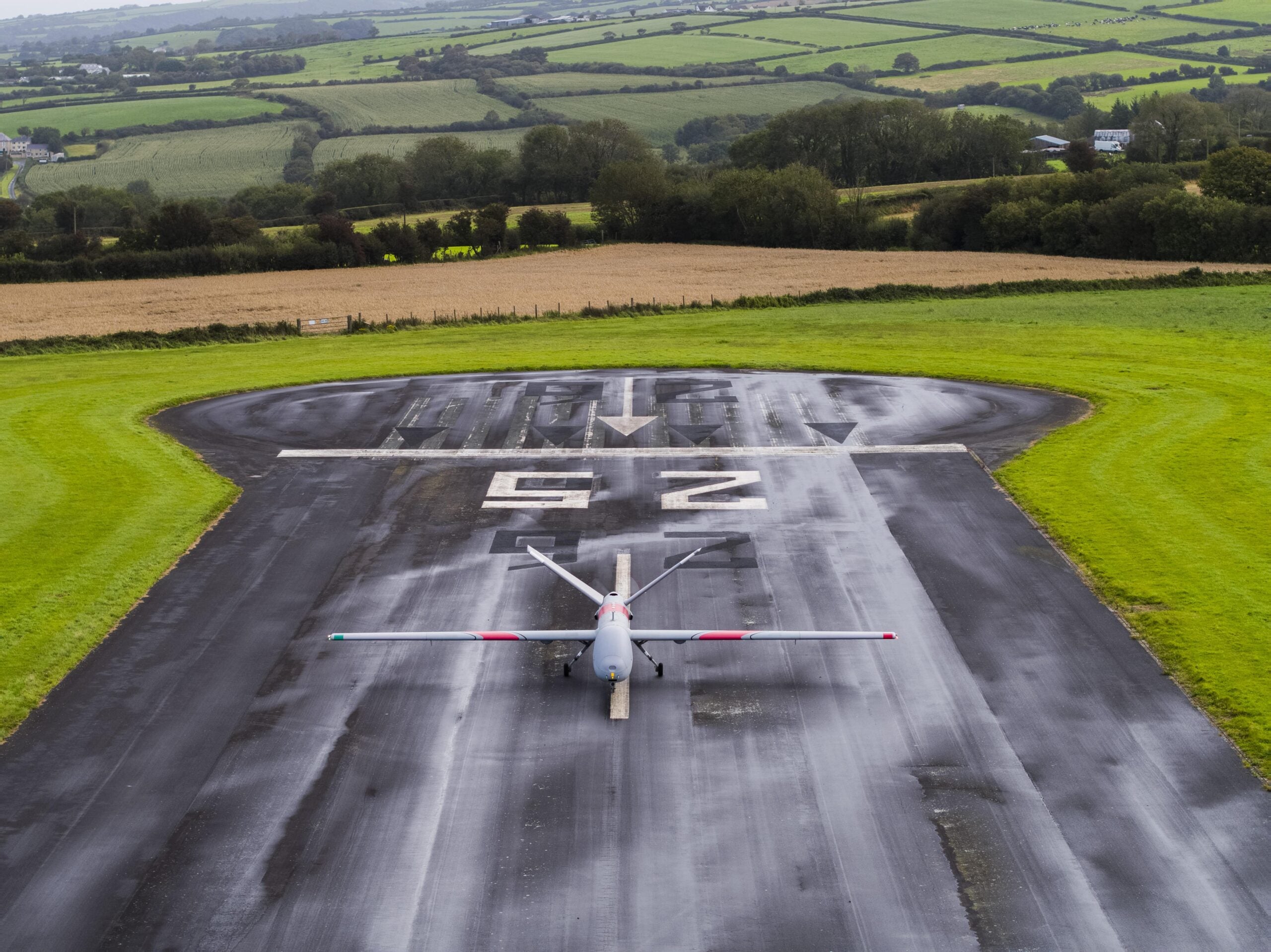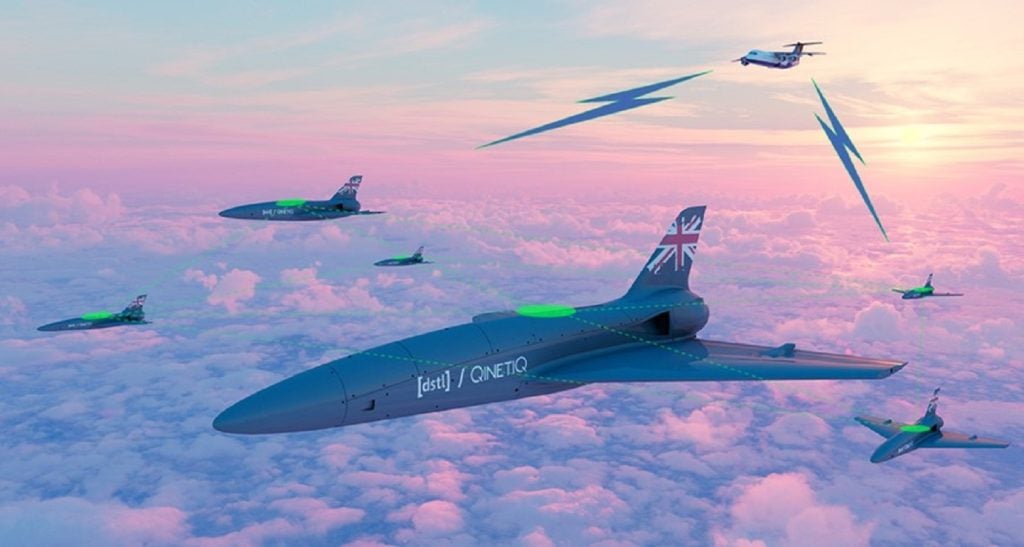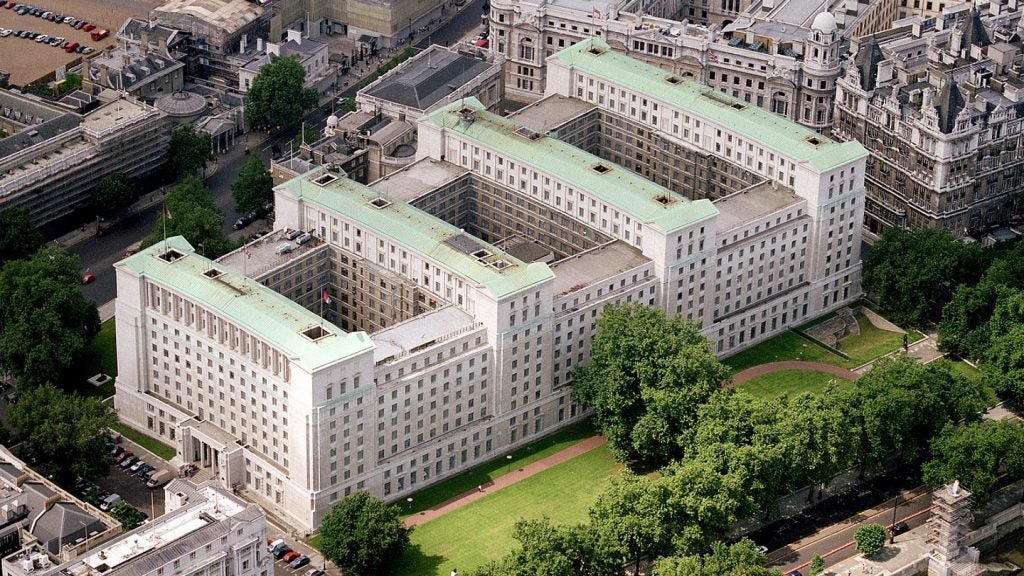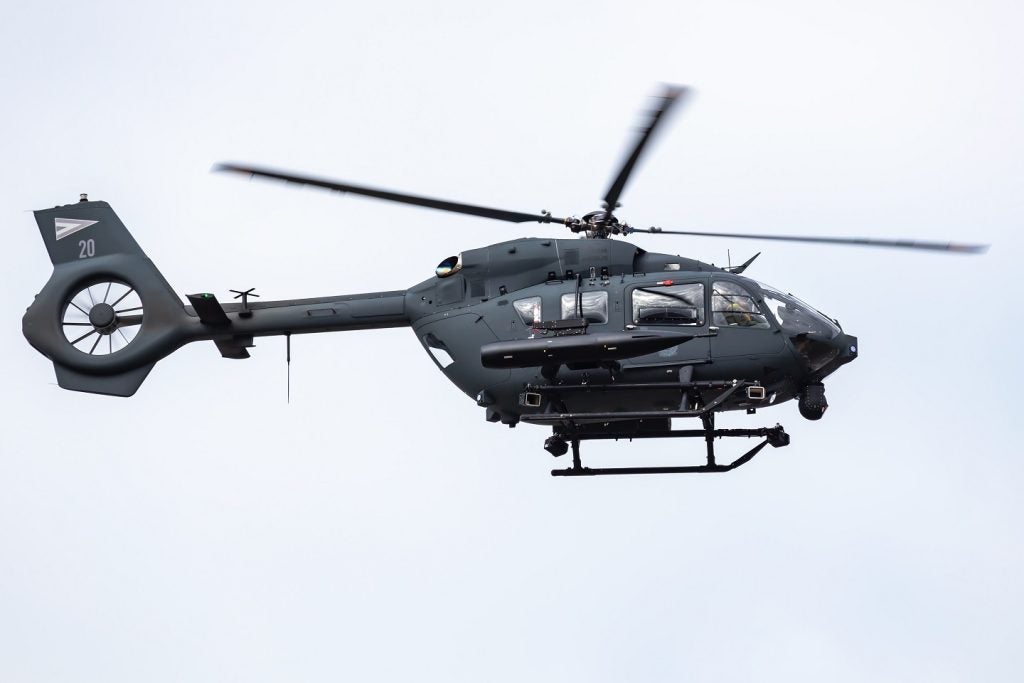
The aircraft, a maritime patrol variant of the companies Hermes 900 UAS, flew with a search and rescue specific radar, an Automatic Identification System (AIS), EO/IR payload, an Emergency Position-Indicating Radio Beacon (EPIRB) and full satellite communications suite onboard during a series of trials off the coast of Wales.
During the trials, Air Force Technology understands the UAS conducted an eight-plus hour flight of over 500 nautical miles, and performed the first unsegregated flight in controlled airspace ever to depart from and arrive into the UK, and fly internationally.
The demonstration flights were run by the MCA to assess the benefits and capabilities of UAS for search and rescue (SaR) missions and the use of long-range uncrewed capabilities in civilian airspace.
During the trial flights the aircraft flew a number of Beyond Line of Sight (BLOS) missions covering simulated shore-line rescues, water rescues in dangerous air space and long-distance ship rescues across international airspace.
The flights saw the aircraft operate in the Irish Sea and into the western approaches, the area of the Atlantic directly to the west of the island of Ireland and the British Isles.
Elbit Systems UK CEO Martin Fausset commented on the trials saying: “We are pleased to have had the opportunity to showcase our enhanced search and rescue capabilities to the MCA this week.
How well do you really know your competitors?
Access the most comprehensive Company Profiles on the market, powered by GlobalData. Save hours of research. Gain competitive edge.

Thank you!
Your download email will arrive shortly
Not ready to buy yet? Download a free sample
We are confident about the unique quality of our Company Profiles. However, we want you to make the most beneficial decision for your business, so we offer a free sample that you can download by submitting the below form
By GlobalData“The Hermes 900 is perfectly equipped to deal with the needs of the Maritime and Coastguard Agency and we are proud to be able to support them as they continue with their vital, life-saving work.”
Hermes 900 has a wingspan of 15 metres and weighs 1.2 tonnes. The UAS is marketed as having a maximum flight endurance of up to 36 hours, allowing it to stay on station for SaR missions for longer periods of time than conventional rotary-wing or fixed-wing aircraft.
Fausset added: “A UAV (Uncrewed Aerial Vehicle) has certain inherent characteristics which are beneficial for that mission [search and rescue], it has long endurance and can loiter over the area looking for survivors, or trying to identify for a longer period of time than some rotary or fixed-wing assets.
A ‘Maritime Patrol’ configuration of the UAS has already been purchased by an undisclosed South-East Asian country, this variant includes the capability to deploy life-rafts allowing the UAS to not only locate but also directly support people stuck at sea.
HM Coastguard Director Claire Hughes said: “We continue to do all we can to use existing technology as well as look to the future in our ongoing work of saving lives at sea.
“Remotely piloted aircraft continue to be a big part of that work both to potentially save lives in search and rescue and protect our beautiful coastlines from the worst effects of pollution.”
Operators of the Hermes 900 include Israel, Iceland, Azerbaijan, Brazil and Switzerland as well as a number of other operators. In Septemeber, the European Union (EU) also contracted a company based in Portugal to use the Hermes 900 to provide long-range maritime surveillance capabilities to the European Maritime Safety Agency.
The UAS is the successor to the Hermes 450 which is the basis of the British Army’s Thales Watchkeeper WK450, which saw service in Afghanistan and was most recently used by the army to monitor migrants crossing the English Channel following a military aid to the civil authorities (MACA) by the Home Office.






